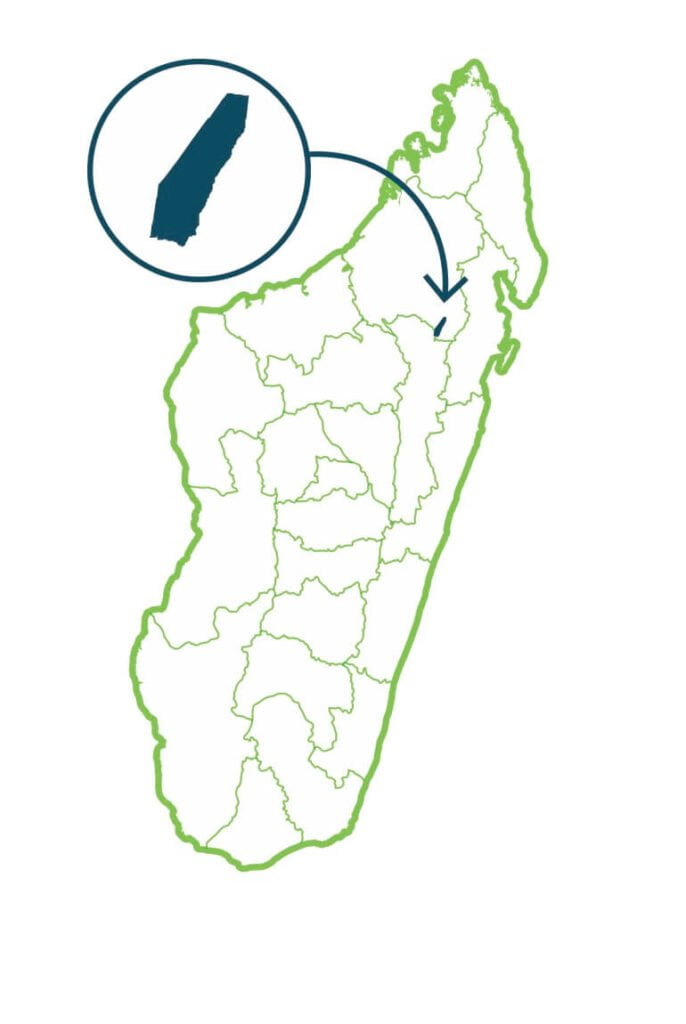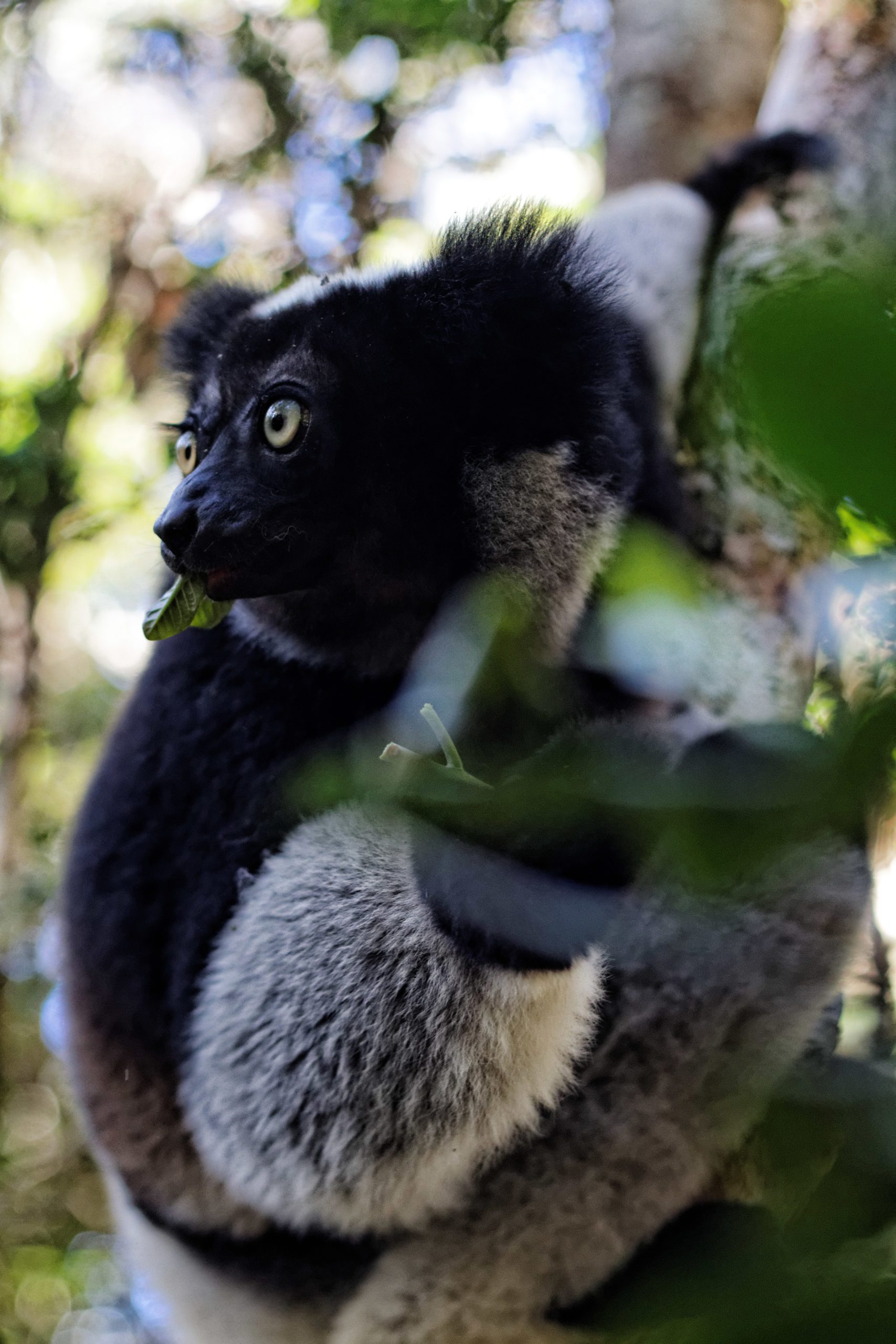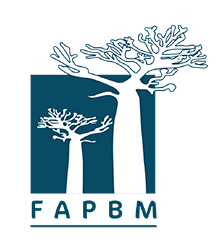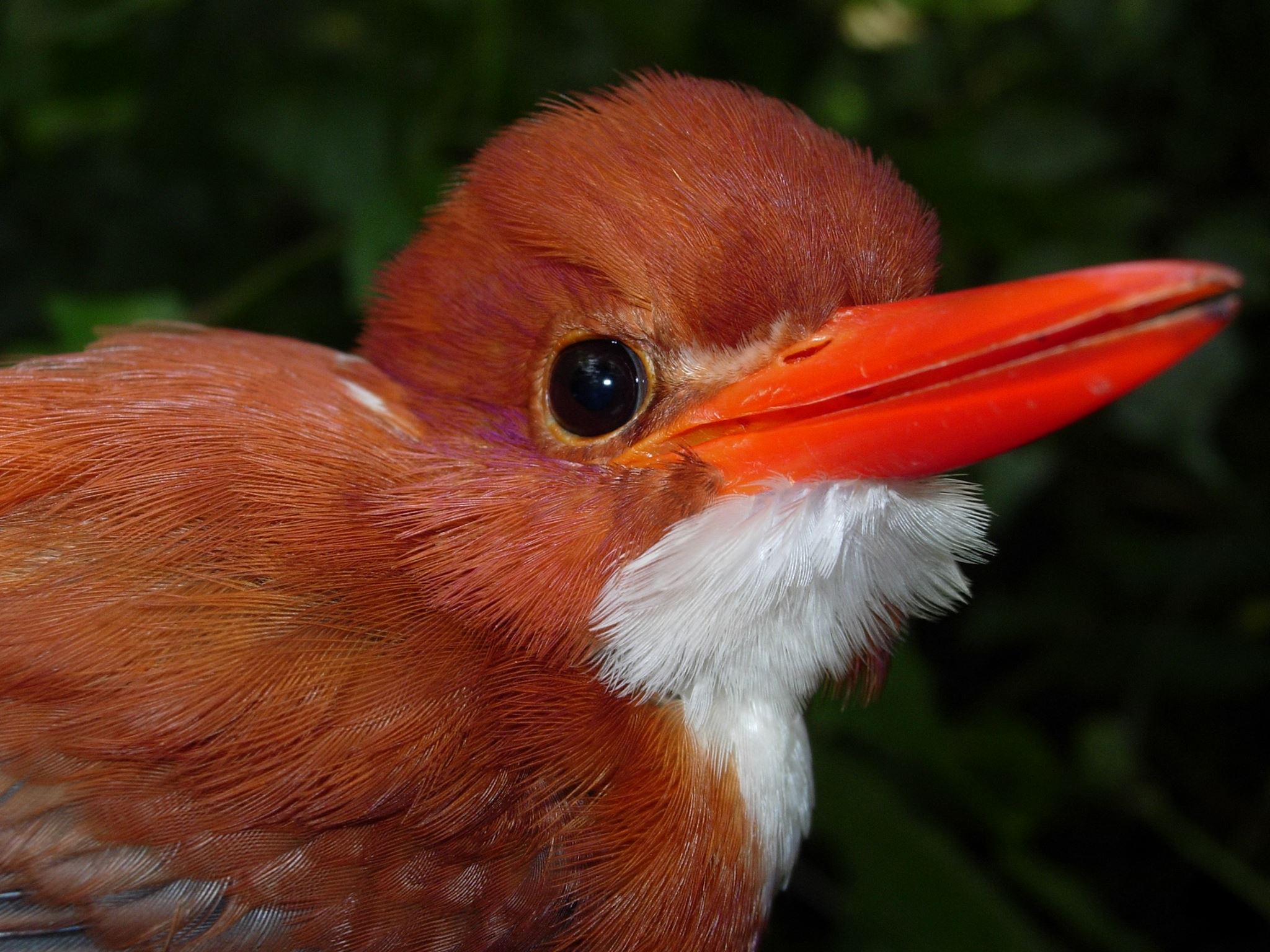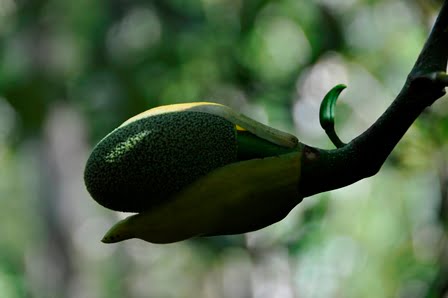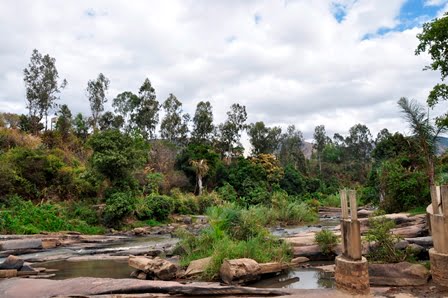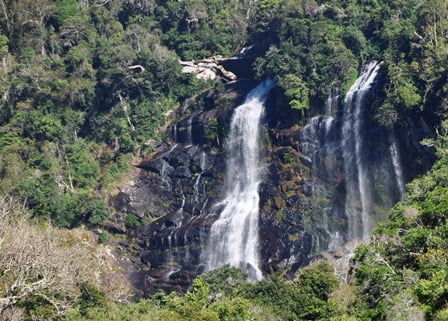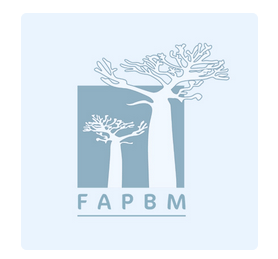Flagship Species
The Special Reserve of Marotandrano belongs to the Central ecoregion, representative of medium altitude moist evergreen forests.
The specific diversity of lemurs is very high with 12 species. There are also 88 species of birds and 32 species of amphibians.
